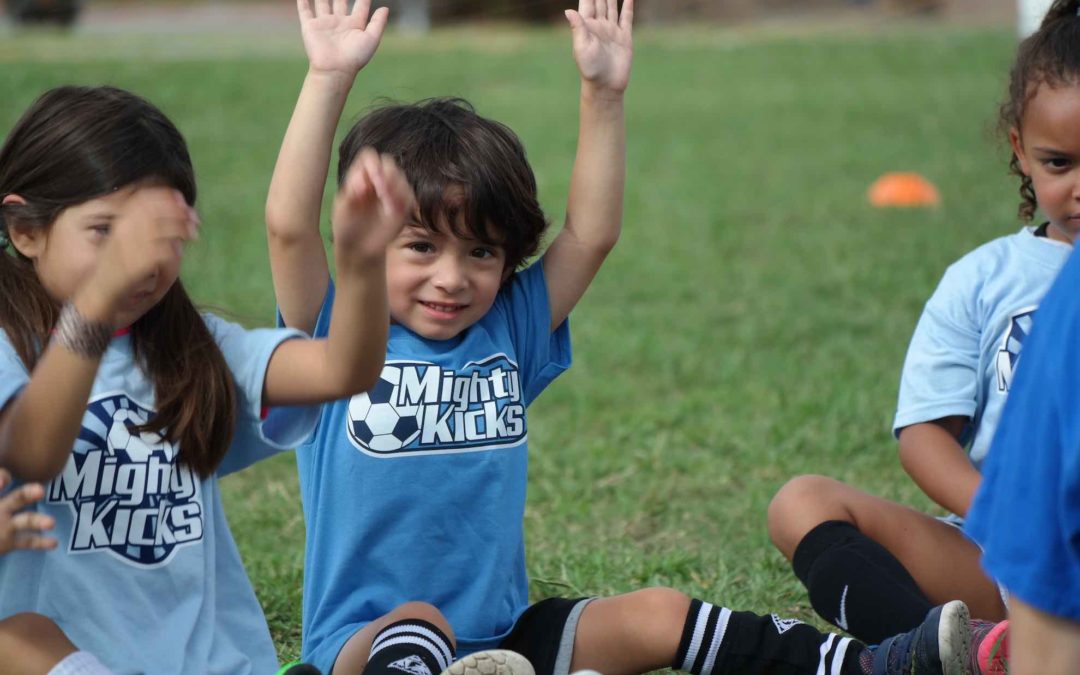As a youth soccer parent, knowing the basics of the game will help you enjoy the sport more.
Courtesy of: www.momsteam.com
Soccer, as it is known in the United States (football in the rest of the world), has become one of the most popular youth sports in the country. It is played by two teams of eleven players on a rectangular grass or turf field slightly longer and wider than an American football field (note, however, that the size of the field and the number of players is usually modified for kids under the age of 10, or U10). The object of the game is to kick or head a soccer ball into the opposing team’s goal. The team with the most goals at the end of regulation play or overtime (if one is played) wins. If the game is still tied after overtime, the game is decided on penalty kicks, with the team with the most goals after each side takes 5 penalty kicks declared the winner.
Soccer players use their feet to kick the ball to teammates and take shots on goal. They may also use their head and torso to control or pass the ball or direct the ball into the goal. If a ball goes out of bounds on the sidelines, the team that did not touch it last throws the ball into play using an overhead motion. It the ball goes out of bounds on the end lines, either a corner kick, or a goal kick is awarded, depending on which team touched the ball last.
Fouls occur in soccer fairly often. Fouls include things like, touching the ball with one’s hands or tripping/pushing another player. Fouls can result in direct, indirect, or penalty kicks, and sometimes are accompanied by a yellow or red card being shown to the offending player.
Positions
There are eleven players per side in soccer, a goalie and ten in the field playing a number of different basic positions (forward, midfield and defense) in a variety of different formations.

